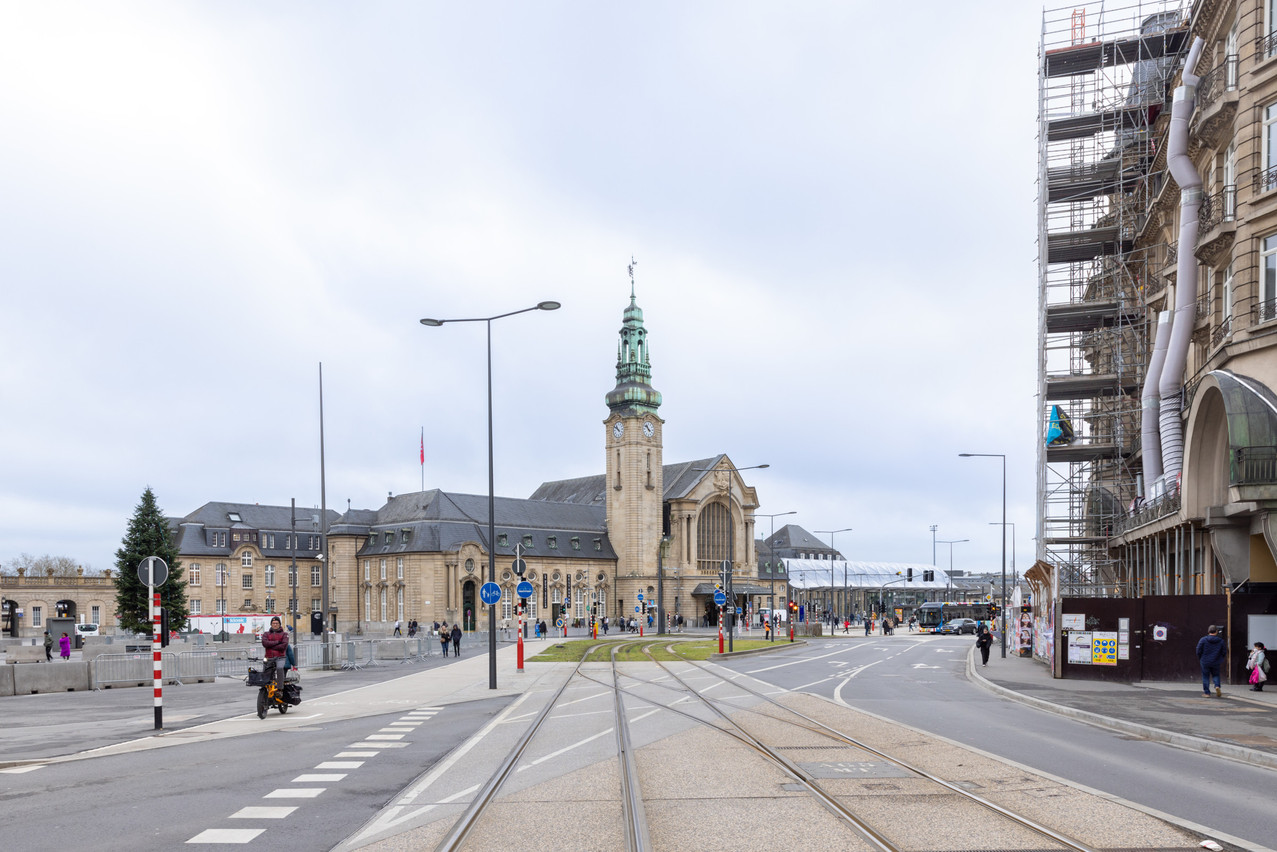“The problem is far from being solved,” says local councillor Tom Krieps (LSAP), about the use of public spaces within the city of Luxembourg, notably for events.
The organisation of the had triggered a controversy: on 21 February, the authorities of the city of Luxembourg had announced that it would not be possible to organise the rally on Place Hamilius, as planned. The reason given was that the manager of the Royal-Hamilius, Firce Capital, was opposed to it, as reported Le Quotidien at the time.
The very next day, the city did an about-face, assuring that the event could take place at Hamilius. Firce Capital had itself, in a press release dated 2 March, assured that it had not been “contacted either by the organisers or by the municipal authorities or others in the context of this demonstration on Hamilius square” and that it therefore had no “responsibility linked to this controversy surrounding the demonstration on 8 March.”
Private state property
In fact, the agreement between Firce Capital and the city is clear: the city is the owner of Hamilius Place and the regulations of the city of Luxembourg therefore apply to it, as they apply to all public places. And the city’s general police regulations state that organisers of an event must “declare” it to the mayor. “You just have to declare it and not ask for an authorisation,” explains the first alderman of the city, (CSV), “since the right to demonstrate is enshrined in the Constitution.”
So far, there is no ambiguity. The difficulties begin when public spaces are owned by an entity other than the city. This is the case, for example, of the Place de la Gare, which is owned by the CFL, or the Place de l'’Europe, which is owned by the Fonds d’urbanisation et d’aménagement du plateau de Kirchberg (Fuak)--in both cases, therefore, the private domain of the state.
In these cases, the general police regulations apply. But the issue is more complex with regard to other more specific regulations, such as the regulations on terraces or traffic. “It’s a more difficult question to decide,” admits Wilmes. “In a private domain of the state, it is the state that regulates traffic through a grand ducal regulation.”
Owner’s agreement required
Moreover, in the context of an event, in addition to the green light from the mayor, the owner must also grant permission. “If you want to organise a concert on the Place de l’Europe, for example, the organisers have to apply to the state,” explains Wilmes. “But if there is too much noise or overflow, then the general police regulations apply.”
For Krieps, these precedents and the existing regulatory tangle could lead some of the city’s lessors--such as Firce Capital with Hamilius Place--to believe that they have the power to oppose the holding of a demonstration. And the new general police regulations, adopted at the town council meeting on 27 March, which were partly intended to clarify the issue, should not change the situation, according to Krieps.
The latter, which has not yet come into force, clarifies a number of points, notably the definition of what constitutes a public space. “But the text is not clear,” says Krieps, for whom the fact that the mayor can now attach “conditions” to his or her authorisation creates more grey areas than it removes.
Uniformity needed
Wilmes also calls for harmonisation. “A standardisation of the regulations applicable in public spaces is necessary, so that it is clear to everyone: owners, users, citizens,” admits the first alderman. “And it would be logical that it should be the city’s regulations, since it is responsible for public order, tranquillity, safety and public health.”
Until such a clarification sees the light of day, there is “no answer” at the moment, says Krieps, and situations similar to the one in Hamilius square could arise in the future. “The die has not been cast yet,” he says.
This story was first published in French on . It has been translated and edited for Delano.
